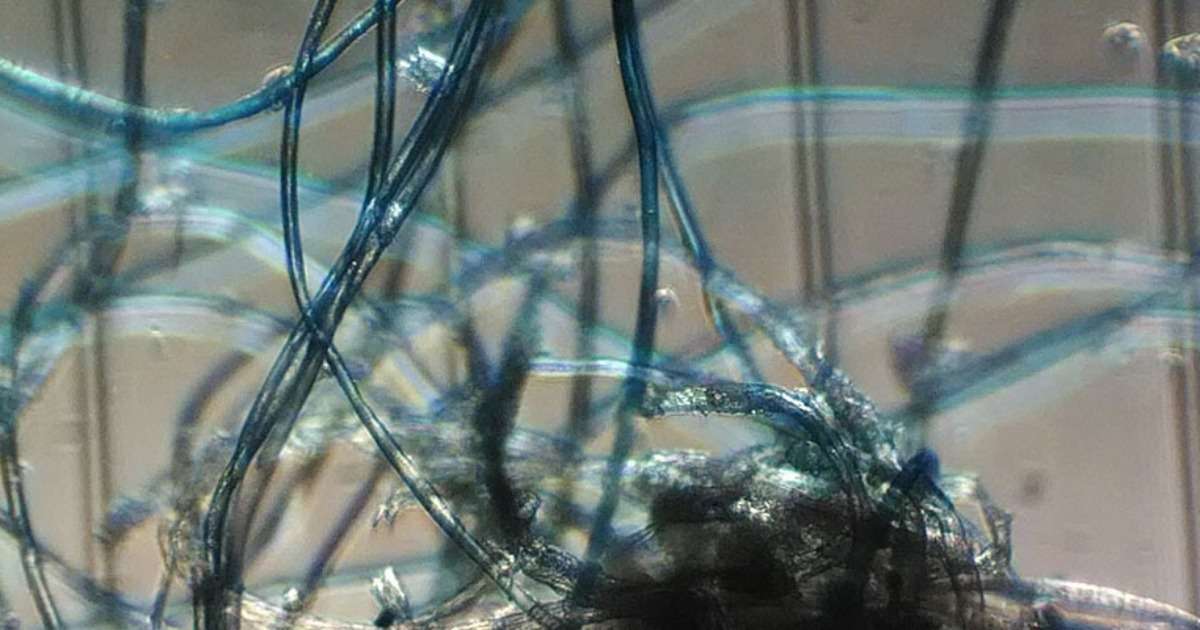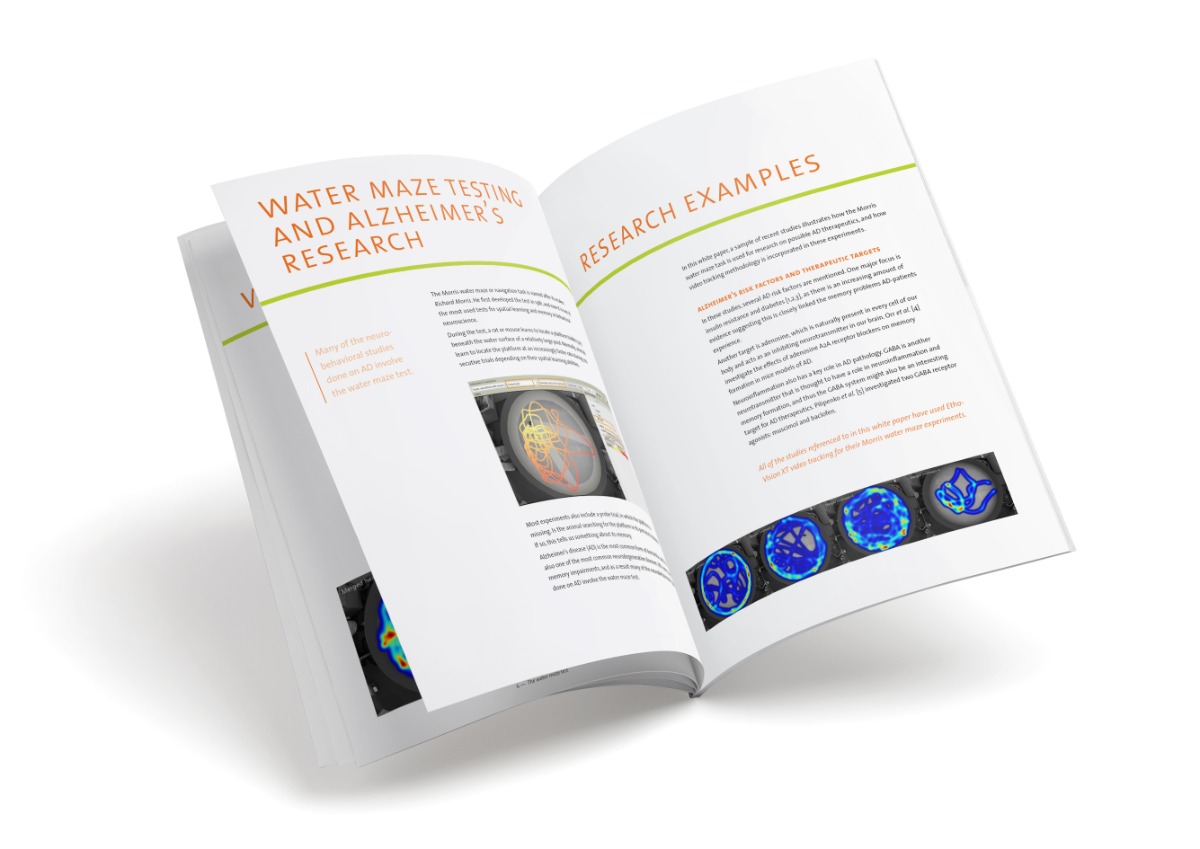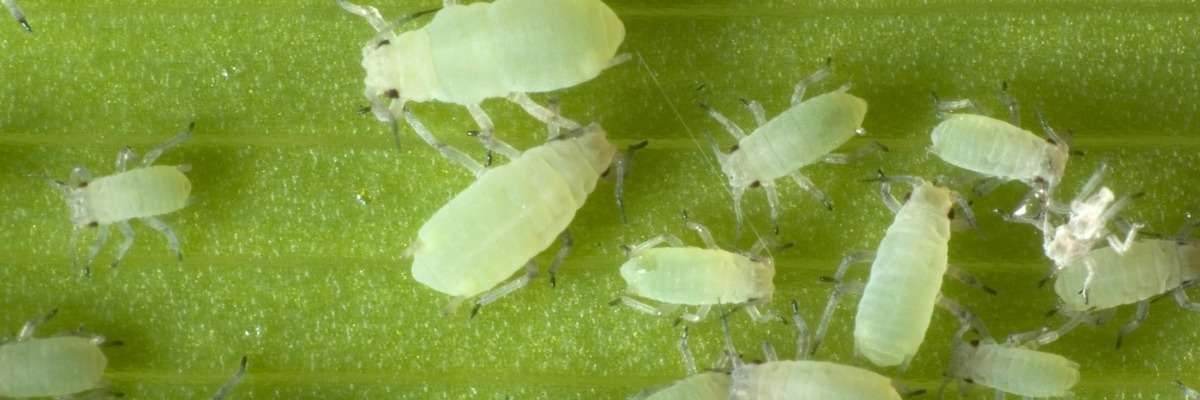
High-throughput screening of plant lines for resistance to pest insects
One of the great things about working for Noldus IT is its involvement in scientific research projects. Because the tools that we offer are used in scientific research, it is logical that we also participate in projects for which such tools are developed.
High-throughput screening of plant lines for resistance to pest insects
I was personally involved in one of these projects, EthoGenomics. Since its primary research area, entomology (for lay people, “the scientific study of insects”), matches my own scientific background, I had a weak spot for this project. The two PhD students involved, Karen Kloth and Manus Thoen, recently defended their excellent theses and did so with great success.
Plant resistance to insects
The EthoGenomics project focused on screening for host plant resistance to insect pest species. Traditionally, plant lines are screened with end-point measurements, such as counting the number of insects on the plants, or assessing insect damage some weeks after infestation. However, this is very labor intensive, it requires space in the order of magnitude of a greenhouse, and the results give no insight in the background of the resistance. This makes it hard to locate resistance genes that could be used to create new plant lines with insect resistance.
Video tracking for high throughput
Video tracking provides the possibility to scale up the screening method largely. However, one needs to have a parameter that is a proxy for resistance and can also be measured automatically with video tracking. Karen searched for such a parameter for aphids and Manus did the same for thrips. And both were successful. Karen found that the number of long probes on leaf discs is a good measure for host plant resistance to aphids. These long probes can be measured automatically with video tracking by determining the time the aphids are not moving on the leaf discs. Read more about it in this blog. Meanwhile, Manus developed a high-throughput two-choice assay in which plant lines can be screened automatically with video tracking for resistance to thrips. In both cases, almost 100 plant lines can be screened simultaneously in a relatively short time and in a benchtop area of about 1 m2.
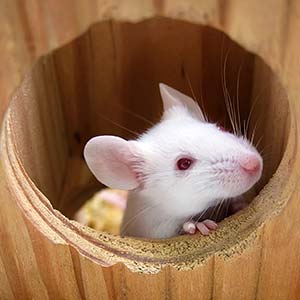
Proud
We are extremely proud that the project has been so successful and has resulted in high quality scientific papers. In the follow-up project, we are involved to further develop the methods and test them on commercial vegetables and ornamentals. We will keep you informed.
Read more
- Kloth, K. J., ten Broeke, C. J., Thoen, M. P., Hanhart-van den Brink, M., Wiegers, G. L., Krips, O. E., Noldus, P. J. J., Dicke, M. & Jongsma, M. A. (2015). High-throughput phenotyping of plant resistance to aphids by automated video tracking. Plant methods, 11(1), 1.
- Thoen, M. P., Kloth, K. J., Wiegers, G. L., Krips, O. E., Noldus, L. P. J. J., Dicke, M., & Jongsma, M. A. (2016). Automated video tracking of thrips behavior to assess host-plant resistance in multiple parallel two-choice setups.Plant methods, 12(1), 1.
- Host-plant resistance to western flower thrips in Arabidopsis. Thoen, M. P. (2016) PhD thesis, Wageningen University, The Netherlands. http://library.wur.nl/WebQuery/clc/2177085
- Blog: How you can efficiently screen for plant resistance to aphids
- Blog: Developing a high-throughput method - EthoGenomics
- More about insect studies
Get the latest blog posts delivered to your inbox - every 15th of the month
more
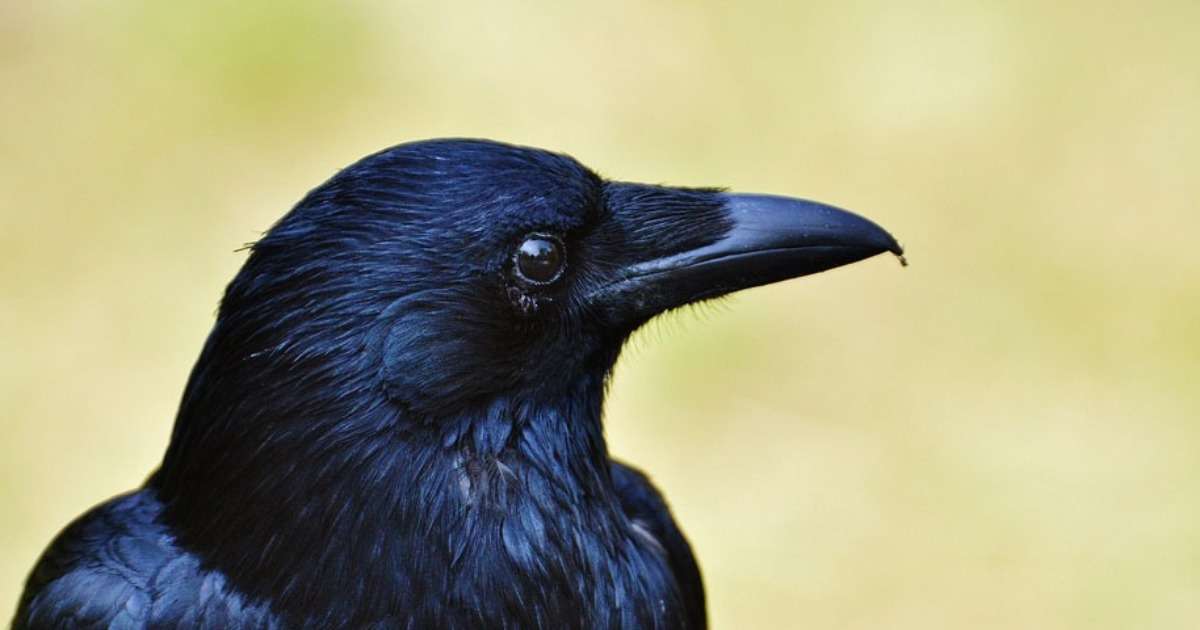
To be ravenous or to be social
Prosocial behavior, a voluntary behavior to benefit another, is an interesting concept from an evolutionary point of view. At first sight it may seem logical to be social.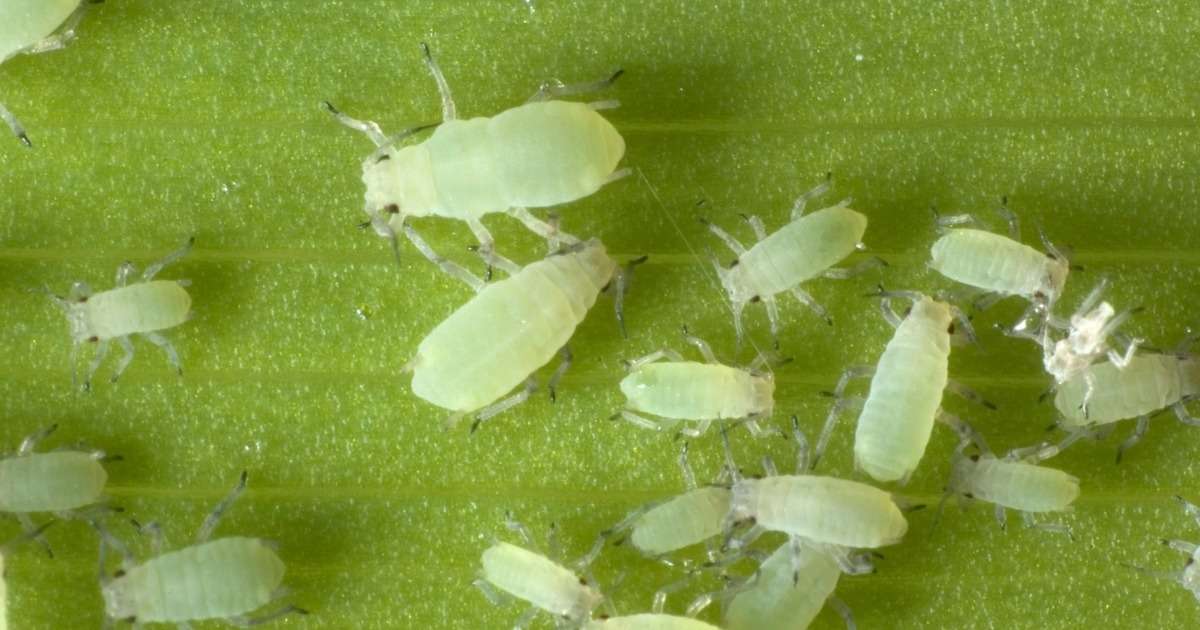
How you can efficiently screen for plant resistance to aphids
Aphids are small insects that pierce plant leaves and suck out their contents. Although they inflict limited physical destruction to the plant, aphids commonly infect plants with viruses, which can destroy complete harvests.